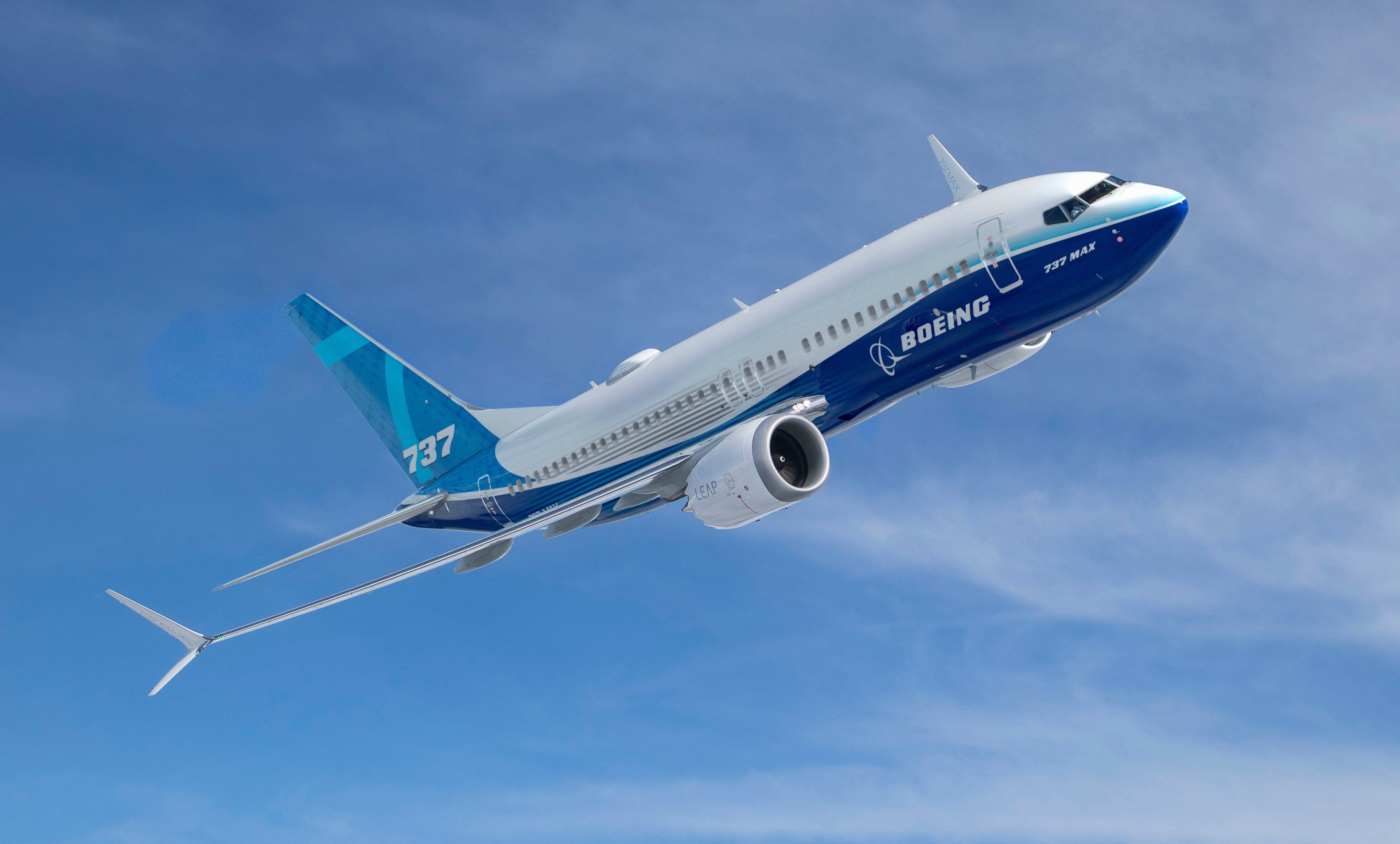At the recent Barclays Industrial Select Conference, The Boeing Company (BA 0.33%) CEO Dennis Muilenburg argued that the aerospace industry was "differentiated" and had different growth dynamics compared to other industrial sectors. Given the industrial slowdown in the global economy, this means he sees aerospace as able to buck the trend. Is he right, or are aerospace investors heading for a disappointment in 2016?
3 reasons aerospace demand will grow
Focusing on commercial aerospace, you can separate Muilenburg's case into three somewhat related parts:
- Ongoing airline profitability will lead to commercial aircraft orders as the two are correlated.
- Low oil prices increase airline profitability, and airlines buy new planes for more reasons than just fuel efficiency.
- Markets such as China are "underserved" and therefore capable of growing more than GDP.
Let's take a closer look at each argument in turn.
Airline profitability
The International Air Transport Association (IATA) is the leading aerospace industry body, and its figures for worldwide airline industry net profit show a decent correlation with Airbus and Boeing orders. Airplane orders were down in 2015, but this is partly a consequence of a correction from torrid growth in previous years. Given IATA estimates for strong airline industry profits in 2016, it's reasonable to expect another year of good orders.

DATA SOURCE: IATA. 2015 AND 2016 WORLDWIDE AIRLINE NET PROFIT FIGURES ARE IATA ESTIMATES. LHS = LEFT-HAND SCALE.
Turning to the issue of the economic cycle affecting the aerospace industry, a look at passenger growth confirms the recent trend of outgrowing economic growth:

DATA SOURCE: IATA. RPK = REVENUE PER PASSENGER KILOMETERS.
Based on the IATA data, there is evidence to suggest that passenger growth will continue and airline profitability will grow and contribute to orders at Boeing and Airbus.
More than fuel efficiency
Addressing the fears that low oil prices might cause airlines to hold back on replacing older aircraft (as the savings from newer, more fuel efficient planes isn't as impactful), Muilenberg argued that low fuel costs increase profitability. As shown above, higher profitability is usually good for airplane orders.
Moreover, newer airplanes aren't just more fuel efficient: Muilenburg argued that they also have fewer support costs and higher load capacity, while the 787 is creating new "city pairs" (two cities between which flights can be made) due to its flight range. In addition, oil is priced in U.S. dollars, and the greenback's appreciation against a range of global currencies has offset the benefits of low oil prices to them. In other words, there is still a strong fuel-efficiency incentive to buy newer planes in non-U.S. dollar/dollar-pegged countries.
Underserved markets
Muilenburg talked of China containing one aircraft per 500,000 people compared to one per 50,000 in the U.S., and outlined how passenger growth had outpaced China GDP growth. Indeed, despite slowing growth in China in 2015, passenger growth in Asia-Pacific actually increased to 8.1% from 6.9% last year.

DATA SOURCE: IATA. RPK = REVENUE PER PASSENGER KILOMETERS.
Boeing isn't alone in predicting a good year for aerospace: For example, Alcoa is predicting 8% to 9% growth in aerospace this year. Meanwhile, Airbus recently said cancellations were running below historical levels. When the aerospace industry starts to slow, it usually shows up first with order cancellations. Given that Airbus and Boeing aren't reporting significant cancellations, it's a good sign that conditions remain favorable.
The takeaway
All told, despite disappointments elsewhere in the industrial sector, the aerospace industry continues to look well set for 2016. It's always dangerous to argue that any industry has some kind of special concession against the effects of a slowing economy; however, Muilenburg's arguments look sound.
Boeing will certainly get hit if the global growth slowdown turns into a recession, but given an extension of current moderate growth trends, aerospace looks like a safe bet. Maybe it really is different this time.






